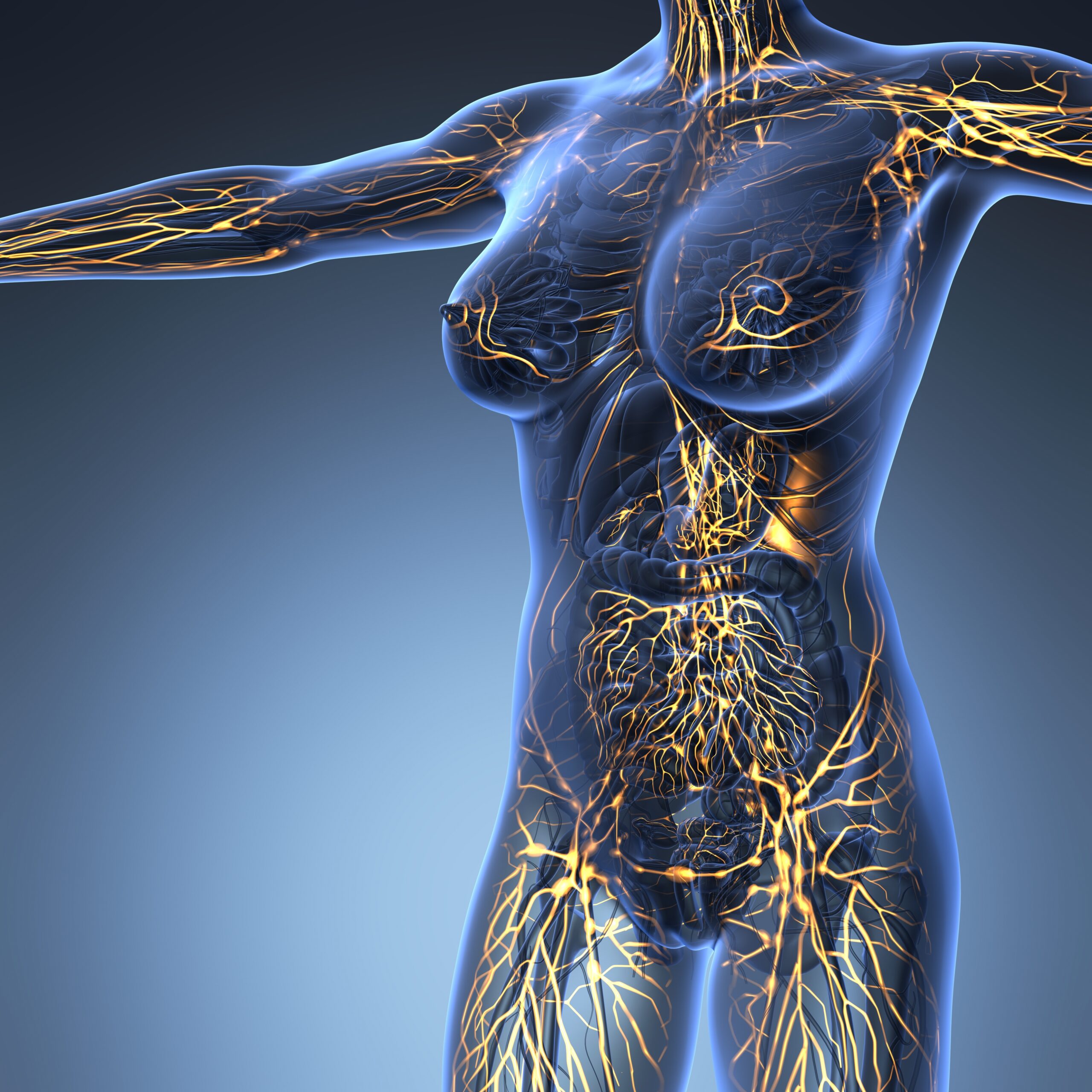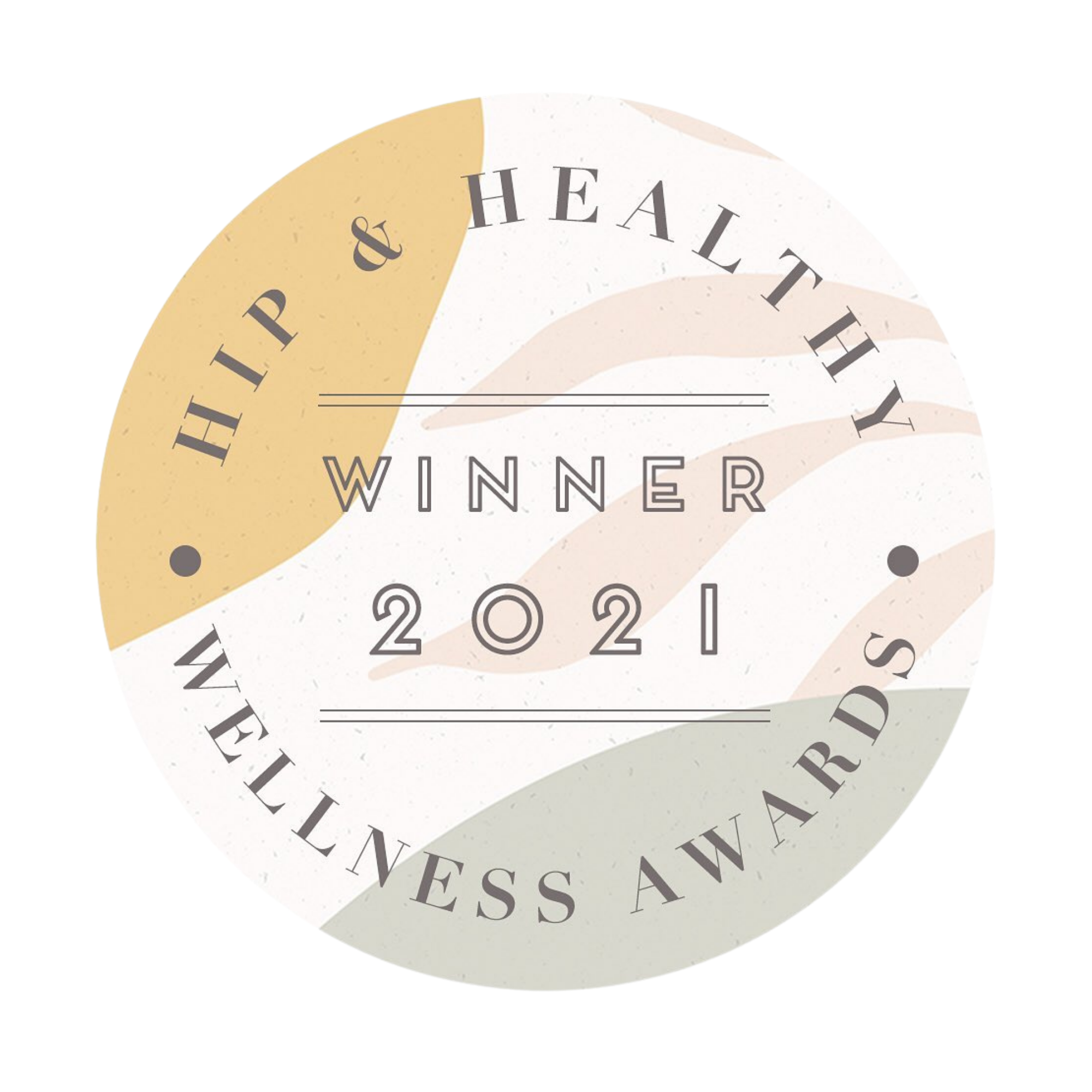

Exposure to lifestyle toxins is now an unavoidable part of modern life, and it is well known that they can disrupt normal physiological functions and contribute to a myriad of health problems.


How to buy a Body Ballancer®
Find Out moreThe Link Between Lymphatic Health and Toxins
Pick up any magazine or newspaper and it doesn’t take long to find an article on the latest detox hack on everything from better brain function to gut health to tips on how to hit your weight loss goals by kick-starting your metabolism.
What’s harder to find amongst all this advice is an explanation of what these toxins actually are, how our bodies process them, and how they impact our overall health.
There are two broad categories of toxins – metabolic and lifestyle.
Metabolic toxins
Firstly, it’s important to take a step back and understand exactly the importance of our metabolism. According to the Cambridge Dictionary it is “…the chemical processes that occur within the body to maintain life”. This includes the biochemical processes that convert food into energy and other essential molecules necessary for life, whilst also regulating other physiological functions such as growth, reproduction and maintaining cellular integrity within the body.
Also known as ‘endogenous toxins’, metabolic toxins are substances produced by these processes in the body, and include free radicals, lactic acid, and urea.
Lifestyle toxins
Also referred to as ‘exogenous’ or ‘environmental’ toxins, lifestyle toxins are introduced from external sources such as air pollution, pesticides, heavy metals, additives in food and drinks, chemicals in cleaning products, skincare, body products and even smoke from candles.
Exposure to these toxins is now an unavoidable part of modern life, and it is well known that they can disrupt normal physiological functions and contribute to a myriad of health problems. Understanding their sources, effects, and strategies for detoxification is essential for maintaining optimal health and well-being.
The sources and effects of lifestyle toxins
From the foods we consume to the air we breathe, we are exposed to a variety of toxins daily in every part of our lives. Sources include:
- Dietary: Processed foods, refined sugars, artificial additives, pesticides, and contaminants present in seafood and animal products.
- Environmental: Air pollution, industrial chemicals, pesticides, herbicides, and pollutants leached from plastics.
- Household: Cleaning agents in household products, and skin and personal care products containing synthetic fragrances, preservatives, and harsh chemicals.
- Lifestyle: Smoking, alcohol consumption, and exposure to second-hand smoke.
Whilst it is possible to avoid exposure to some of these by making changes to our diet, sourcing ‘clean’ alternatives to household and personal products and changing habits such as smoking and drinking (see below), it is difficult if not impossible to eliminate them all, and their accumulation in the body can lead to a range of health issues including:
- Immune dysfunction which can expose us to increased susceptibility to infections and chronic inflammation.
- Digestive issues such as bloating, constipation and diarrhoea and
- Skin conditions including acne, eczema and even premature ageing.
They may also play a significant role in metabolic disorders such as insulin resistance, weight gain, and hormonal imbalances.
The importance of the lymphatic system in removing toxins
The lymphatic system plays a crucial role in eliminating toxins from the body, be they metabolic or lifestyle. Its vast network of vessels, tissues, and organs works in conjunction with the circulatory system to transport lymph, a clear fluid containing white blood cells and waste products, throughout the body.
Lymphatic vessels collect excess fluid, cellular waste, and toxins that have accumulated in the interstitial spaces between cells. This fluid, known as lymph, is then filtered through lymph nodes, where specialised immune cells help to identify and eliminate pathogens, toxins, and other harmful substances. The lymphatic system also plays a crucial role in transporting fat-soluble vitamins, absorbed fats, and immune cells throughout the body, helping to maintain overall metabolic balance and immune function.
For a detailed explanation of the lymphatic journey, read our blog ‘What is Lymph’.
Detoxification with Lymphatic Drainage Massage
The good news is there is something we can do to support our metabolism and help the body to eliminate these toxins effectively from the body. Lymphatic drainage massage either performed manually or using a compression therapy device like the Body Ballancer® stimulates the lymphatic system promoting the removal of toxins, excess fluid, and waste products from tissues.
The health and aesthetic benefits of lymphatic massage in turn are many, including enhanced immune system function, better digestion, stress reduction, slimming and contouring and the improved appearance of cellulite and skin tone.
Our top five tips to support a healthy lymphatic system and help reduce metabolic toxins in the body
- Eat clean: Avoid adding to the detoxifying burden of your lymphatic system by avoiding sugary, processed additive-laden foods such as ready meals, fizzy drinks and confectionery. Opt instead for organic, whole foods rich in antioxidants, vitamins, and minerals. Read our blog on lymph loving foods for more advice.
- Stay hydrated: This seems to be the answer to all ills, but when it comes to the lymphatic system it cannot be underestimated. As lymphatic fluid is made up of 96% water, even mild to moderate dehydration can have a significant effect, causing stagnation and congestion. Drink plenty of water to support the lymphatic system, and help to flush toxins from the body. And remember, we are already dehydrated when we feel thirsty so try not to wait until then to reach for the water bottle.
- Choose natural: Be mindful of what you’re exposing yourself to at home. Where possible opt for eco friendly cleaning products, and clean and personal care products made with natural ingredients to reduce exposure to harmful chemicals.
- Limit exposure: Where possible avoid areas with high pollution levels, use air purifiers at home, and minimise contact with plastics and other sources of chemical exposure.
- The magic of massage: Incorporate regular sessions of lymphatic drainage massage or pressotherapy using devices like the Body Ballancer to enhance detoxification, support lymphatic function, and promote overall well-being. With more beauty journalists and celebrities extolling the virtues of lymphatic massage, manual lymphatic massage and compression therapy treatments using systems such as the Body Ballancer® are beginning to become more widely known and available in spas across the UK.
For details on where to find the Body Ballancer® in clinics visit our Where to Find Us page. For those interested in purchasing a system for home of professional use click here.
References:
Kostoff, R. N., Goumenou, M., Tsatsakis, A., & Theodoratou, E. (2020). The Role of Toxic Stimuli Combinations in Determining Safe Exposure Limits. Toxicology Reports, 7, 386-393.
Williams, G. M., Kroes, R., & Munro, I. C. (2000). Safety evaluation and risk assessment of the herbicide Roundup and its active ingredient, glyphosate, for humans. Regulatory Toxicology and Pharmacology, 31(2), 117-165.
DeSantis, C. E., Ma, J., Goding Sauer, A., Newman, L. A., & Jemal, A. (2017). Breast cancer statistics, 2017, racial disparity in mortality by state. CA: a cancer journal for clinicians, 67(6), 439-448.
